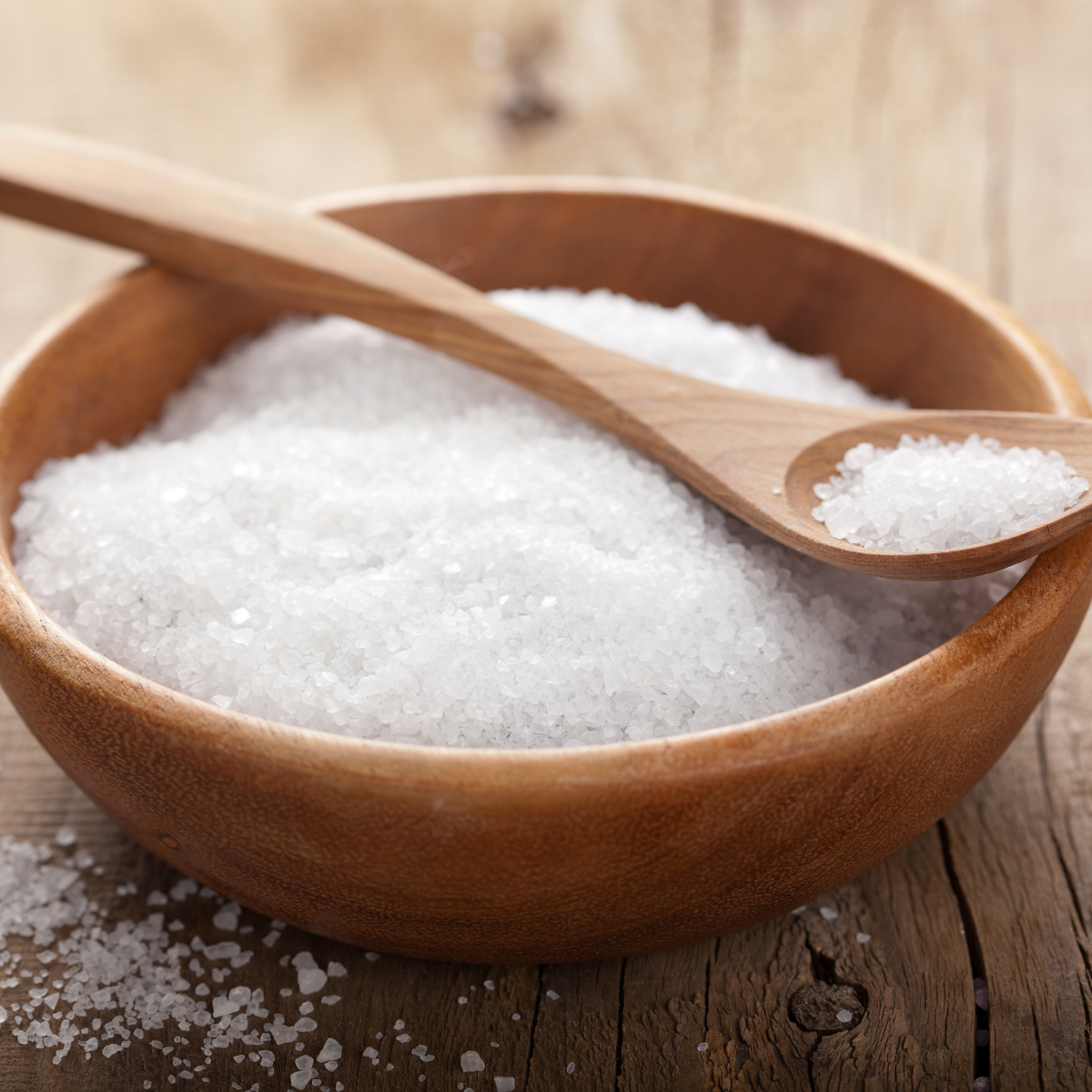
Exploring the Spectrum of Salts:
From Table Salt to Himalayan, Sea, Celtic, and Potassium Salts
In the realm of culinary delights, salt takes center stage, not merely as a seasoning but as a diverse array of mineral-rich options. Let's embark on a journey through the world of salts, uncovering the unique characteristics of table salt, Himalayan salt, sea salt, Celtic salt, and potassium salt.
1. Table Salt: The Kitchen Staple
Table salt, often the pantry regular, is the most processed form of salt. Refined to remove impurities and iodized to prevent iodine deficiency, it's a fine, uniformly shaped crystal. While it's a reliable seasoning, its highly processed nature might not offer the same range of minerals found in other varieties.
2. Himalayan Salt: The Pink Gem
Mined from the foothills of the Himalayas, this salt boasts a distinctive pink hue due to trace minerals like iron and magnesium. Himalayan salt is celebrated not only for its visual appeal but also for its purported health benefits, including improved respiratory function and electrolyte balance.
3. Sea Salt: Nature's Harvest
Derived from evaporated seawater, sea salt comes in various textures and colors, depending on its source. It retains more minerals than table salt, offering a more nuanced flavor. The diversity in sea salt types, such as fleur de sel and sel gris, adds complexity to culinary experiences.
4. Celtic Salt: A Taste of the Atlantic
Harvested from the tidal flats of the Atlantic coast, Celtic salt is known for its coarse, moist texture. Unrefined and rich in minerals, it provides a robust flavor profile. Some enthusiasts believe that its unique extraction process retains a higher concentration of essential minerals.
5. Potassium Salt: A Low-Sodium Alternative
For those mindful of sodium intake, potassium salt emerges as a viable substitute. While not as prevalent as other salts, it offers a low-sodium option that can be beneficial for those with specific dietary needs. It's a commendable choice for maintaining flavor while reducing sodium intake.
The Health Perspective: Choosing Wisely for Wellness
Amidst the array of salts, it's crucial to consider the impact on health. Reducing overall salt consumption is a wise choice for cardiovascular health. Notably, each of these salts, including the exotic varieties, offers a lower sodium content than regular table salt.
Moreover, they bring an added health advantage—richness in minerals. Unlike table salt, which primarily contains sodium and iodine, Himalayan, sea, Celtic, and potassium salts boast an impressive array of 86 minerals. These minerals contribute to overall well-being, supporting various bodily functions and providing a holistic approach to nutrition.
Conclusion: A Pinch of Diversity for Flavor and Health
In the world of salts, diversity is the spice of life. From the familiar table salt to the exotic Himalayan pink salt, the oceanic charm of sea salt, the coastal allure of Celtic salt, and the health-conscious potassium salt – each type contributes its unique essence to the art of seasoning.
As you venture into the realm of salts, consider the nuances they offer and let your culinary exploration be seasoned with a pinch of curiosity, a dash of creativity, and a commitment to mindful health. After all, in the realm of salts, there's always room for a new flavor experience that not only tantalizes the taste buds but also nourishes the body.


Leave a comment
This site is protected by hCaptcha and the hCaptcha Privacy Policy and Terms of Service apply.